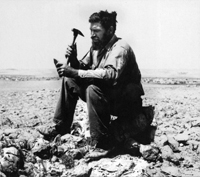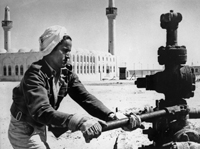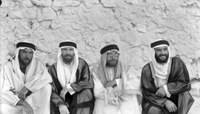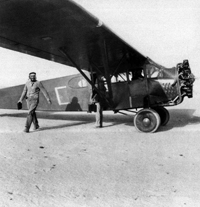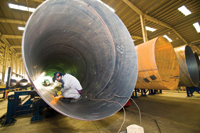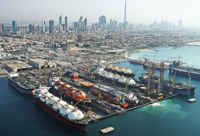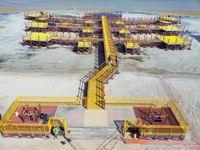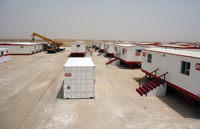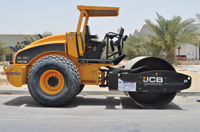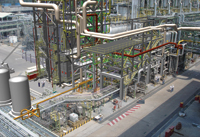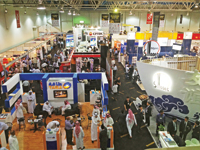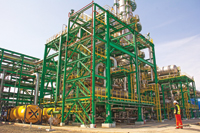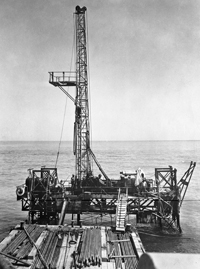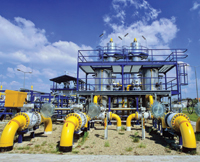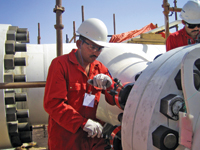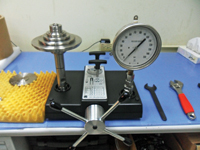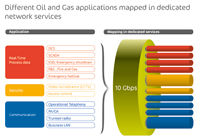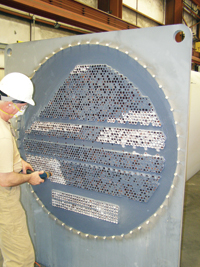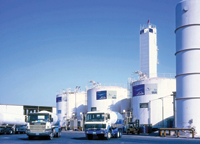
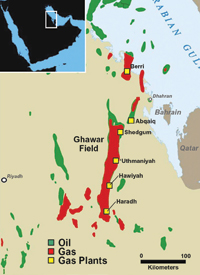 Ghawar ... a wonder field
Ghawar ... a wonder field
SAUDI ARABIA’S Ghawar Oil Field is by far the largest conventional oil field in the world and accounts for more than half of the cumulative oil production of the kingdom.
Although it is a single field, it is divided into six areas. From north to south, they are Fazran, Ain Dar, Shedgum, Uthmaniyah, Haradh and Hawiyah. Although Arab-C, Hanifa and Fadhili reservoirs are also present in parts of the field, the Arab-D reservoir accounts for nearly all of the reserves and production.
The Ghawar Field was discovered in 1948. Production began in 1951 and reached a peak of 5.7 million barrels per day (mbpd) in 1981. This is the highest sustained oil production rate achieved by any single oil field in world history.
At the time that this record was achieved, the southern areas of Hawiyah and Haradh had not yet been fully developed. Production was restrained after 1981 for market reasons, but Ghawar remained the most important oil field in the world.
The production of the Samotlor Field in Russia was greater during the mid-eighties, but this was because production at Ghawar was restrained. Development of the southern Hawiyah and Haradh areas during 1994 to 1996 allowed production from the Ghawar Field to exceed 5 mbpd once again, more than Samotlor ever produced.
This remarkable production history is because of the enormous size of the Arab-D reservoir in the Ghawar Field. Alsharhan and Kendall provide a figure of 693,000 acres for the productive area of the Ghawar Field. This represents a single, pressure-continuous reservoir. Cumulative production by year-end 2000 was about 51 billion barrels of oil.
The anhydrite in the Upper Arab-D forms the seal for the 1,300-foot oil column in Ghawar. It is composed of sabkha evaporites and subaqueous evaporites with thin carbonate interbeds that can be traced for hundreds of kilometres.
The anhydrite thickens to the south at the expense of the reservoir zones; the combined thickness remains relatively constant.
The Arab-D reservoir at Ghawar comprises two major shoaling-upward cycles deposited during a relative highstand in sea level. It is composed of skeletal grainstones and packstones with ooid grainstones locally common in the upper Arab-D. The diagenetic processes that have affected the Arab-D reservoir include dolomitization, leaching and recrystallization, cementation, compaction and fracturing.
Interparticle porosity is abundant in the Arab-D reservoir in the Ghawar Field and moldic porosity is common as well. Intercrystal pores are common in dolomites and microporosity is abundant in both limestone and dolomite lithologies.



















































































